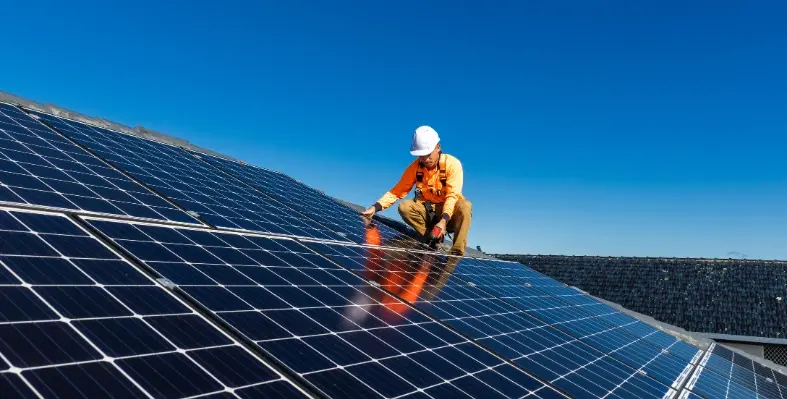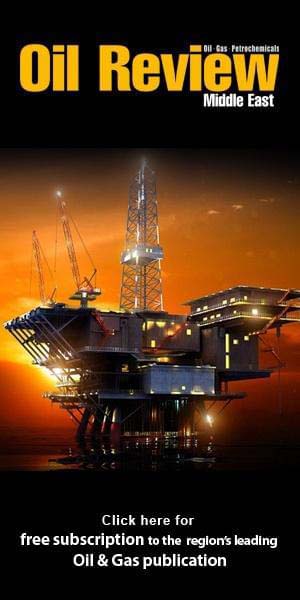In 2024, the world’s top 10 solar photovoltaic (PV) module manufacturers shipped a record 500 gigawatts (GW) of modules, nearly doubling the previous year’s volume, according to Wood Mackenzie’s Global Solar Module Manufacturer Rankings 2025 report.
Despite this milestone, the industry faced significant financial strain, with leading players reporting collective losses of US$4bn due to declining revenues and aggressive pricing.
For the Middle East, however, the report highlights a strategic pivot as manufacturers target the region for expansion to navigate global trade challenges and tap into growing demand.
The Middle East is becoming a critical growth frontier for solar PV manufacturers.
Wood Mackenzie notes that several top 20 manufacturers are planning to establish production facilities in Egypt, Oman, Saudi Arabia, Qatar, and the UAE.
This move is driven by the need to diversify geographically amid rising trade tensions and market barriers globally.
“Establishing production in the Middle East allows manufacturers to bypass tariffs, meet local content mandates, and capitalise on the region’s increasing solar adoption,” said Yana Hryshko, head of global solar supply chain at Wood Mackenzie. “It’s a strategic play to remain competitive in a fragmented global market.”
The push into the Middle East aligns with the region’s ambitious renewable energy targets, particularly in Saudi Arabia and the UAE, where solar projects are scaling rapidly.
By setting up local production, manufacturers aim to secure a foothold in these high-growth markets while mitigating risks from import restrictions and trade policies elsewhere.Top manufacturers leading the charge
The 2024 rankings, led by Jinko Solar (90.6/100), JA Solar (89.8), and LONGi Green Energy (86.5), reflect the dominance of Chinese manufacturers, but the report underscores the growing geographic diversification of production.
Seven of the top 10 manufacturers now operate facilities in three or more countries, with the Middle East emerging as a key focus alongside regions like Cambodia, India, Malaysia, Mexico, and Vietnam.
The top 10 manufacturers maintained a robust average utilisation rate of 69%, showcasing operational resilience despite market pressures.
Their focus on the Middle East is expected to strengthen supply chains tailored to regional needs, particularly as demand for high-efficiency N-type modules grows.
The industry’s shift to N-type modules, which accounted for over 87% of Jinko Solar’s shipments, is particularly relevant for the Middle East, where high-efficiency technologies like TOPCon (24%+ efficiency) and heterojunction (HJT, 24%) are well-suited to the region’s harsh climatic conditions.
Additionally, top manufacturers are pursuing vertical integration, with investments in wafer production to control costs and quality—an advantage for establishing cost-competitive operations in the Middle East.
As solar PV module prices remain under pressure, the Middle East offers a strategic opportunity for manufacturers to balance cost reduction with market expansion.
The region’s growing solar market, supportive policies, and strategic location make it a pivotal hub for the industry’s next growth cycle.
“Despite financial challenges, the solar industry is repositioning for global growth, with the Middle East playing a central role,” Hryshko concluded. “Technology leadership, supply chain control, and regional agility will define success in this dynamic market.”





